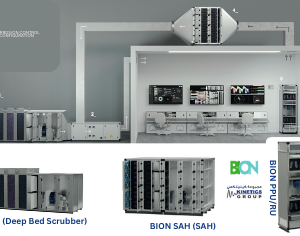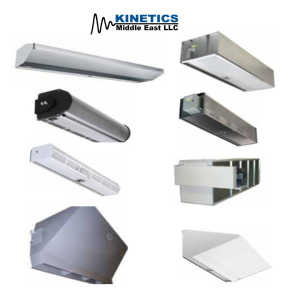NikoLag® Densbak® is designed to reduce noise breakout from wastewater pipes and air-conditioning ductwork by isolating noise.
It is a flexible tri-laminate acoustic lagging product. It is chlorine free, best in class ultra-low smoke development and toxicity coupled with exemplary VOC certification.
Applications
For applications where a ‘one shot’ integral acoustic lagging material is required.
Operating Temperature
Static Service Temperature -30 deg C to 60 deg C
Fire Performance
Reaction to Fire ASTM E84 – Class B
Technical Advice
Highly qualified building and acoustic consultants are available to offer assistance and advice to clients, architects and contractors on all aspects of noise control to ensure design specifications and acoustic performance requirements are achieved. They can also undertake noise surveys and provide details of anticipated reverberation times pre and post installation.
Dimensions and Weight
Densbak (barrier only) weight – 5kg/m sq
Standard sheet size is 2.0 x 1.2m
Thermal Conductivity – 0.036 W/mK

Application and Fixing
1. Ensure that the outer surface of the pipe or duct is clean and free of dust, dirt or similar foreign matter. If desired, the outside of the pipe or duct can be painted with a rust-resistant paint in order to minimize potential corrosion.
2. For light gauge sheet metal ductwork, it is recommended that a vibration damping material be applied to the outside of the duct in order to minimize sheet metal “ringing”.
3. If required, vapour absorber “anti-sweat” compound or poly sheeting can now be applied to the pipe or duct.
4. Field cut the glass fiber quilt where there is likely to be overlap with the barrier mat, and apply the lagging to the outside of the pipe or duct. At elbows or similar transitions, field measure and mitre cut the insulation to fit. At all seams, overlap the barrier by at least 25mm however we would recommend a minimum of 50mm to ensure the best possible sound insulation is achieved, and adhere using a suitable adhesive. Alternatively, the barrier can be butted together at joints with the seam covered by a minimum 25mm wide cut piece of barrier material. This strip is then adhered to the barrier on either side of the seam using the adhesive previously discussed. In order to aid in alignment and to temporarily hold the noise barrier in place during the curing of the adhesive, duct tape can be used on aluminum foil faced surfaces.
5. If desired, metal or nylon bands can be wrapped around the outside of the barrier to guard against the potential of adhesive failure. If used, this banding should be placed on either side of all radial seams in addition to the midpoint on longer sections. Ensure that the banding is snug only and does not result in compression of the insulation de-coupler
beneath. In lieu of banding, insulation “stick pins” can optionally be used to reinforce the seams in the noise barrier. If used, these pins typically are fuse-welded to the pipe or duct beneath and are then impaled through the barrier and insulation. As before, ensure that the pin does not compress the insulation or barrier material beneath.
















